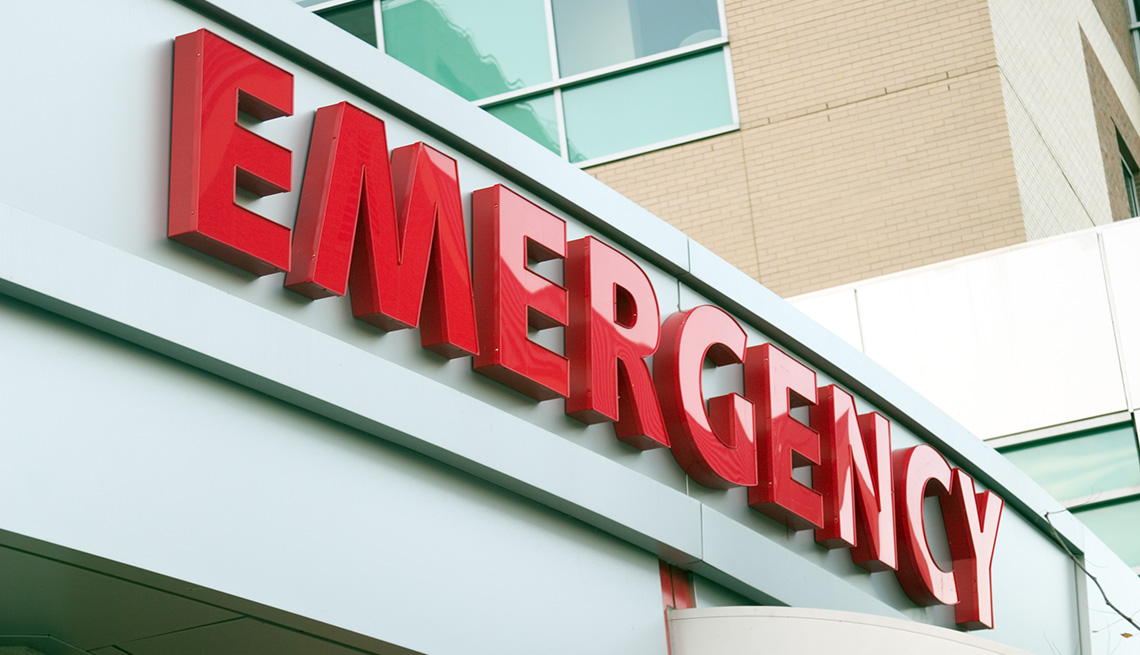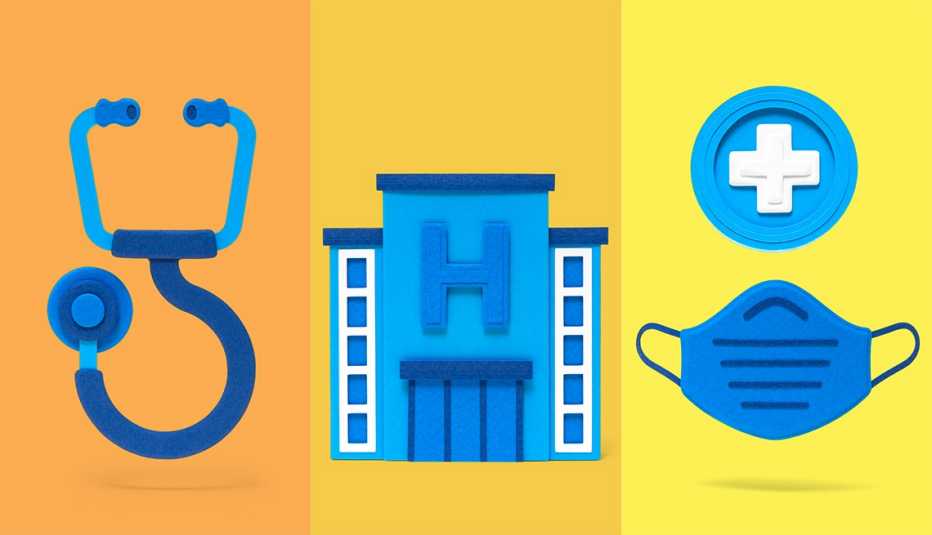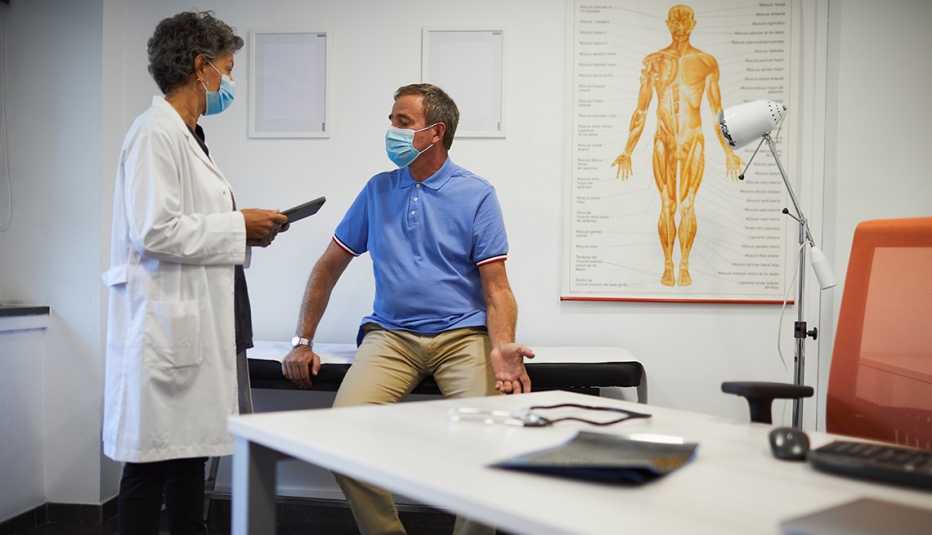Staying Fit
Judith Burgess lay atop the gurney, her head propped up by a mountain of pillows, her hands clutching her black leather handbag. She's been here in New York City's Mount Sinai Medical Center Emergency Department for close to 20 hours — but she doesn't seem to mind.
"The people here really care about senior citizens,” says Burgess, 74, who suffers from rheumatoid arthritis, has no cartilage in her knees, and on this day has been admitted for stomach pain, symptoms of her colon cancer.


AARP Membership— $12 for your first year when you sign up for Automatic Renewal
Get instant access to members-only products and hundreds of discounts, a free second membership, and a subscription to AARP the Magazine.
For many older patients, a trip to the emergency room can be a traumatic, even dangerous affair. Long waits, uncomfortable beds, germ-filled surroundings, and a loud and hectic pace can exact a toll on people who are often hobbled by multiple health issues and whose immune systems may be compromised.
But the emergency room at Mount Sinai is a decidedly different experience. The waits are still long, as evidenced by Burgess’ extended tenure, but they are not painful or dangerous. If anything, Burgess says, “being here gives me a chance for a little rest.”
Mount Sinai is classified as a Level II trauma center. That means that the patients who come through its emergency room are very sick, often deathly ill. Burgess is sick, too. But she's not critical. So while doctors attend to patients with more pressing medical needs, Mount Sinai's multidisciplinary geriatric emergency team is working its magic.
"The emergency room is overwhelming regardless of age, but even more so for older people with few social supports who at their baseline are often more confused and vulnerable."
The bright pink CARE (Care and Respect for Elders in Emergencies program) volunteer sticker on the shoulder of Burgess’ hospital gown indicates that she's gotten at least some of the attention she needs — which, in addition to having been seen by a doctor, means an extra pillow and blanket, a coloring book to pass the time and a purple stress ball to ease her tension.
If she needed it, she could have also gotten a pair of reading glasses in the appropriate strength, a hearing amplifier and even a sudoku puzzle to keep her cognitively engaged. “I have a hospital much closer to my home than this one,” she says. “But I always pass it by. People here are nice. I get taken care of.”
Mount Sinai's Geriatric Emergency Department — called the Geri ED for short — opened in 2012. At that time, it occupied an eight-bed corner of the ED and featured warm lighting, non-glare floors and plastic curtain rods (instead of the metal kind that sound like fingernails scratching across a chalkboard when pushed to the side).



































































